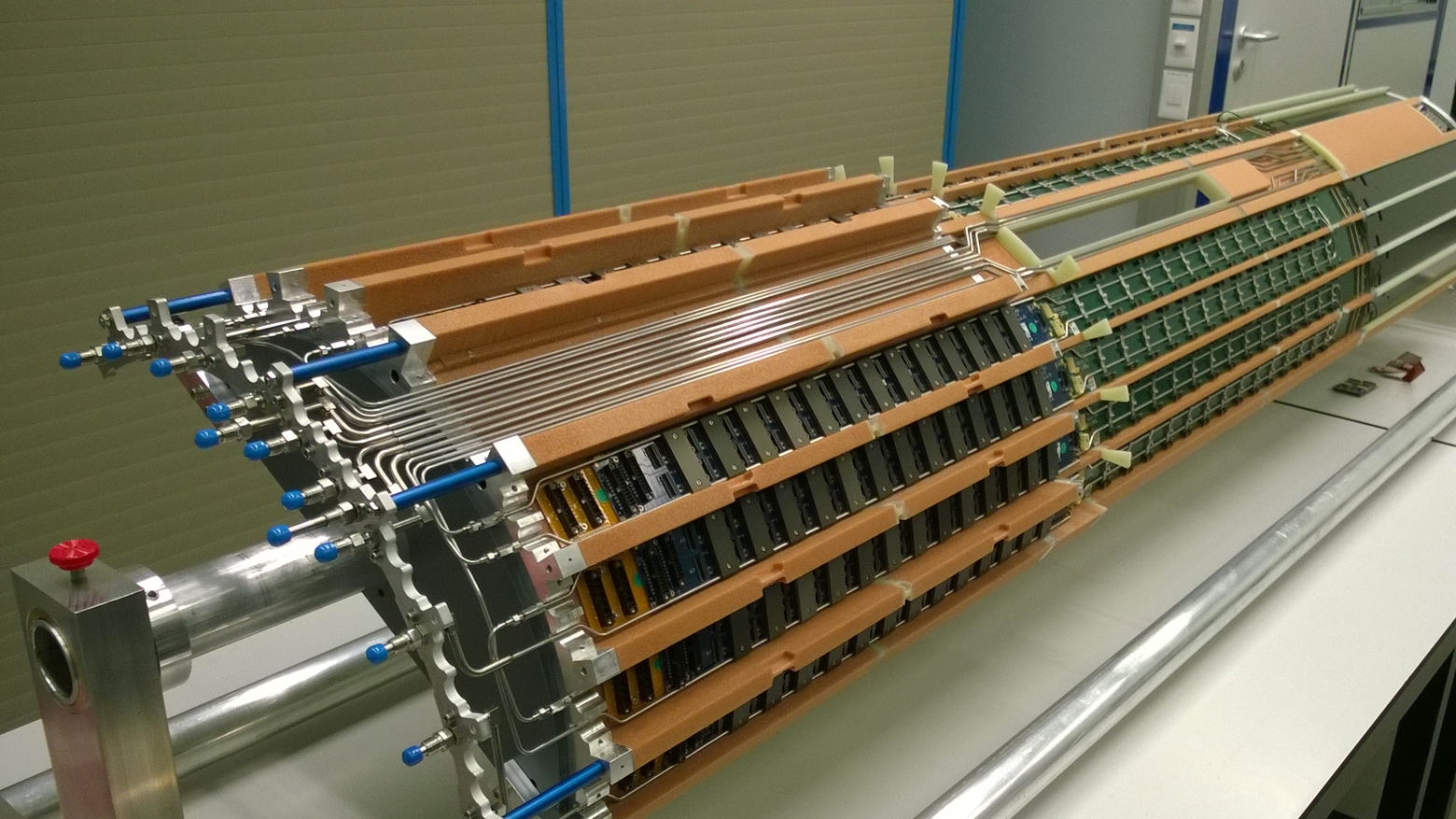New dimensions in particle research
High-tech laser technology moves the goalposts
The European Centre for Particle Research (CERN) in Geneva is the largest laboratory for particle physics in the world. There in huge tunnels protons are accelerated in opposite directions up to speeds close to the speed of light. At several points there are detectors which record the collisions of the particles. The cooling design of the pixel detector at the heart of the CMS detector (Compact Muon Solenoid detector) were laser welded to helium leaktightness at createch ag.
After just 10 years of research, the pixel detector, the heart of the enormous CMS detector in the Large Hadron Collider (LHC) has been replaced. This machine is a sort of high-speed digital camera, newly enhanced to 124 Megapixels, which enables the researchers at CERN to take up to 40 million images per second.
The pixel detector was build on a laser-welded sealed system of cooling tubes containing helium. The laser-welded tubes have a diameter of 1.8 millimetres; they were welded individually with a filler material on a jig specially developed for the purpose. The cooling tube systems were up to 2.5 metres long, and we then tested them for leaktightness with a helium leakage test.
The purpose of the cooling tube system is to provide optimum cooling of the silicon layers connected to the cooling system. When electrically charged particles pass through these layers in the detector they create reversible disturbances which are called electron hole pairs. As soon as electrons migrate into the sensor, scientists can register the signal, digitalise the data and determine the spatial coordinates of the collision. With these data the physicists can research nature down to the smallest detectable units of the space-time continuum. In this way they discover how elementary particles interact.





